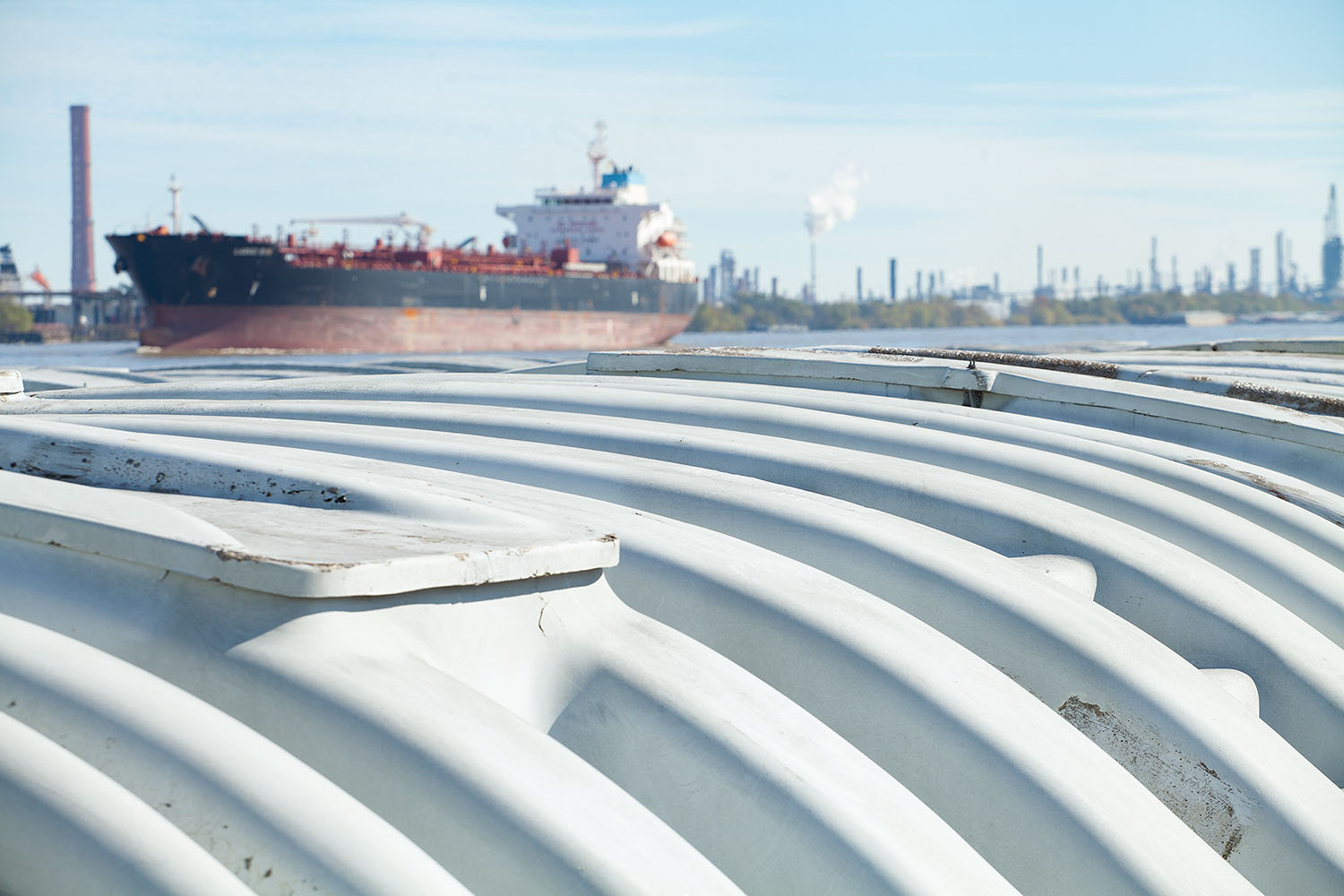The international shipping market is just seven months away from implementation of IMO 2020, the new requirement from the International Maritime Organization that will require oceangoing vessels to burn diesel fuel with a sulfur content of 0.5 percent or less, or 5,000 parts per million (ppm.). That’s down from the currently-required maximum sulfur content of 3.5 percent, or 35,000 ppm.
On January 1, 2020, shippers with cargo vessels traveling between international ports will have three options: burn very low sulfur fuel oil or distillates; continue using the higher sulfur fuel and equip ships with scrubbers capable of removing sulfur from exhaust; or swap to a cleaner fuel like liquified natural gas.
Tony Odak, chief operating officer for John W. Stone Oil Distributor LLC, said he expects most shippers to choose to convert ships to use the 0.5 percent sulfur content distillate.
“The vast majority haven’t converted over to a 0.5 percent fuel,” Odak said. “There are so many problems with compatibility, stability and ratability that a lot of the customers we’re talking to are going to convert over to the 5,000 ppm. diesel.”
With the greatly-increased demand for IMO-compliant fuel internationally, Odak said U.S. refiners will begin sending 0.5 percent diesel overseas to meet demand. Domestically, he said, that will have a major impact on the supply chain in the United States.
“The United States, in general, is a net exporter of refined products,” Odak explained. “The fuel that inland vessels and truckers use will be thrown into the mix for all consumable distillates for ships. Basically, it all boils down to the strain on supply from the lack of immediate refining capacity globally and the increased demand from the international shipping sector.”
In the United States, both marine and highway diesel already conforms to a much stricter sulfur content regulation of 15 ppm., or 0.0015 percent. But with demand for 0.5 percent fuel set to go up with IMO 2020, the principle of supply and demand will mean a rise in price for marine and highway diesel, which is currently at about $2.20 per gallon, depending on location.
“Long story short, IMO 2020 is going to have an indirect impact,” Odak said. “And really, we feel like the indirect impact will be the price of fuel. Availability will still be there, but the price of the fuel will go up. There are no ifs, ands or buts about it.”
Odak said he expects the price for marine and highway diesel to go up close to $3 per gallon, with the price not stabilizing until this time next year. He said John W. Stone is working with its larger customers on hedging programs and ways to lock in pricing for the near term. Long term, Odak said, inland operators will simply have to adjust fuel budgets.
“To some degree, you can hedge some of that and lock in pricing, but as they say, this is the new norm,” he said.
Odak will discuss the potential impacts of IMO 2020, along with EPA Tier 4 requirements and the DEF/urea supply chain, as part of a panel discussion May 21, beginning at 3 p.m., at the Inland Marine Expo in St. Louis, Mo.
Caption for photo: When IMO 2020 is implemented, the increased demand for .05 percent-sulfur fuel oil will likely drive up the price of the cleaner fuel used by inland operators. (Photo by Frank McCormack)




